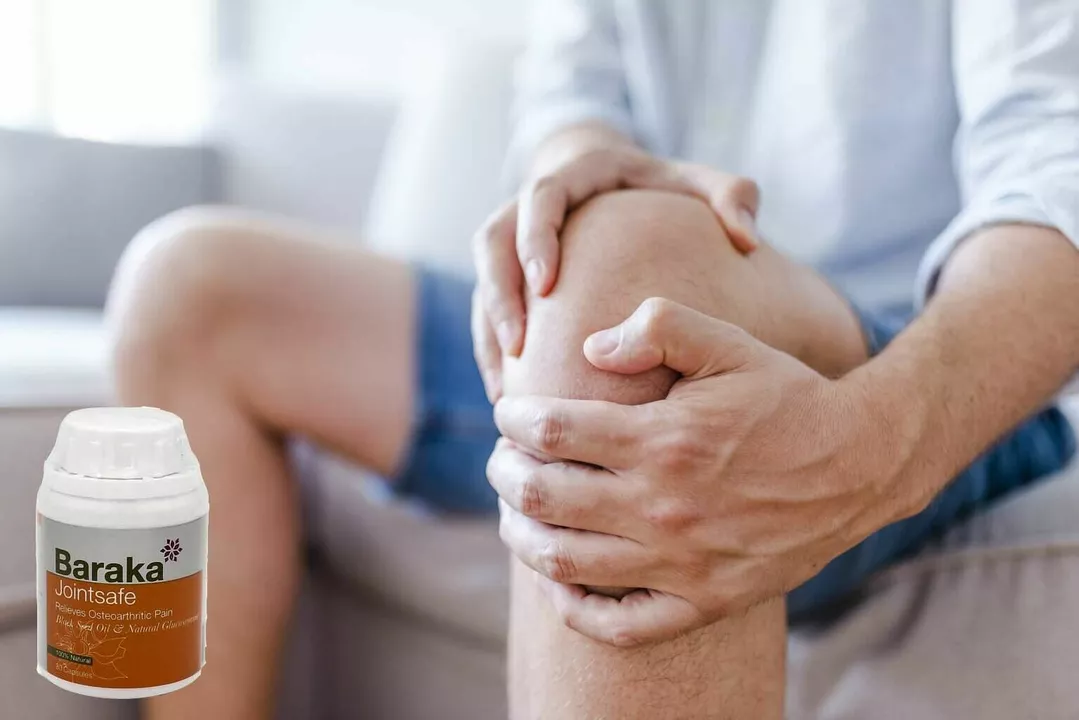Elderly Swelling Management: Easy, Practical Steps for Home Care
Swelling in older adults is common, but not all puffiness is harmless. One surprising fact: fluid buildup that looks like simple "leg swelling" can come from the heart, kidneys, veins, medicines, or even an injury. Knowing a few simple checks and fixes can make a big difference fast.
Spot the cause and danger signs
Start by asking when the swelling started and whether it’s on one side or both. One-sided swelling often means injury or a clot. Both legs swelling usually points to heart, kidney, or medication causes. Press the skin above the shin for a few seconds—if a dent stays, that’s pitting edema and it usually means fluid buildup.
Watch for urgent red flags: sudden swelling, shortness of breath, chest pain, fever, or a hot, red limb. If any of those show up, get medical help right away. Also call a doctor if swelling keeps getting worse despite home care, or if the person has low urine output, dizziness, or a rapid heartbeat.
Simple, practical home steps that help
1) Elevate the legs: Raise them above heart level for 20–30 minutes, 3 times daily. Use pillows or a recliner. This helps fluid drain away from the feet and ankles. 2) Encourage movement: Short walks and ankle pumps (point and flex the foot) boost circulation. Even seated leg lifts help if walking is hard. 3) Compression stockings: These can reduce swelling from venous problems. Get fitted at a pharmacy or clinic and start with low-compression socks if the person is frail. 4) Cut back on salt: Too much sodium keeps fluid in the body. Swap processed foods for fresh choices and read labels. 5) Monitor weight and fluid: Weight gain of 1–2 kg (2–4 lbs) over a few days can mean fluid retention. Track urine output and daily weight to spot trends early. 6) Footwear and skin care: Tight shoes worsen swelling. Use moisturizing lotion, check skin daily for cracks or sores, and keep the skin clean to prevent infection.
Medication note: Some drugs — like calcium channel blockers, NSAIDs, and certain diabetes meds — can worsen edema. Diuretics (water pills) are often used, but they need a doctor’s prescription and blood checks for electrolytes. Never stop or start meds without talking to a clinician.
For caregivers: plan shorter, frequent walks, lift legs during TV time, and keep a simple daily log of weight, swelling, and medicines. Bring that log to appointments — it helps doctors decide next steps faster.
Prevention matters: stay active, control salt, treat heart and kidney conditions, and review medicines regularly. With a few checks and simple routines, swelling can be managed safely at home and problems caught early when they do appear.

How to Manage Swelling in the Elderly Population
- by Colin Edward Egan
- on 6 May 2023
As a blogger focusing on the elderly population, I've discovered some essential tips on how to manage swelling in seniors. The key is maintaining a healthy lifestyle, which includes regular exercise, proper nutrition, and staying hydrated. Additionally, wearing compression stockings and elevating the feet can help reduce swelling. Lastly, it's crucial to consult with a healthcare professional for personalized advice and to rule out any serious underlying conditions. Managing swelling in the elderly is crucial to ensuring their overall health and well-being.
